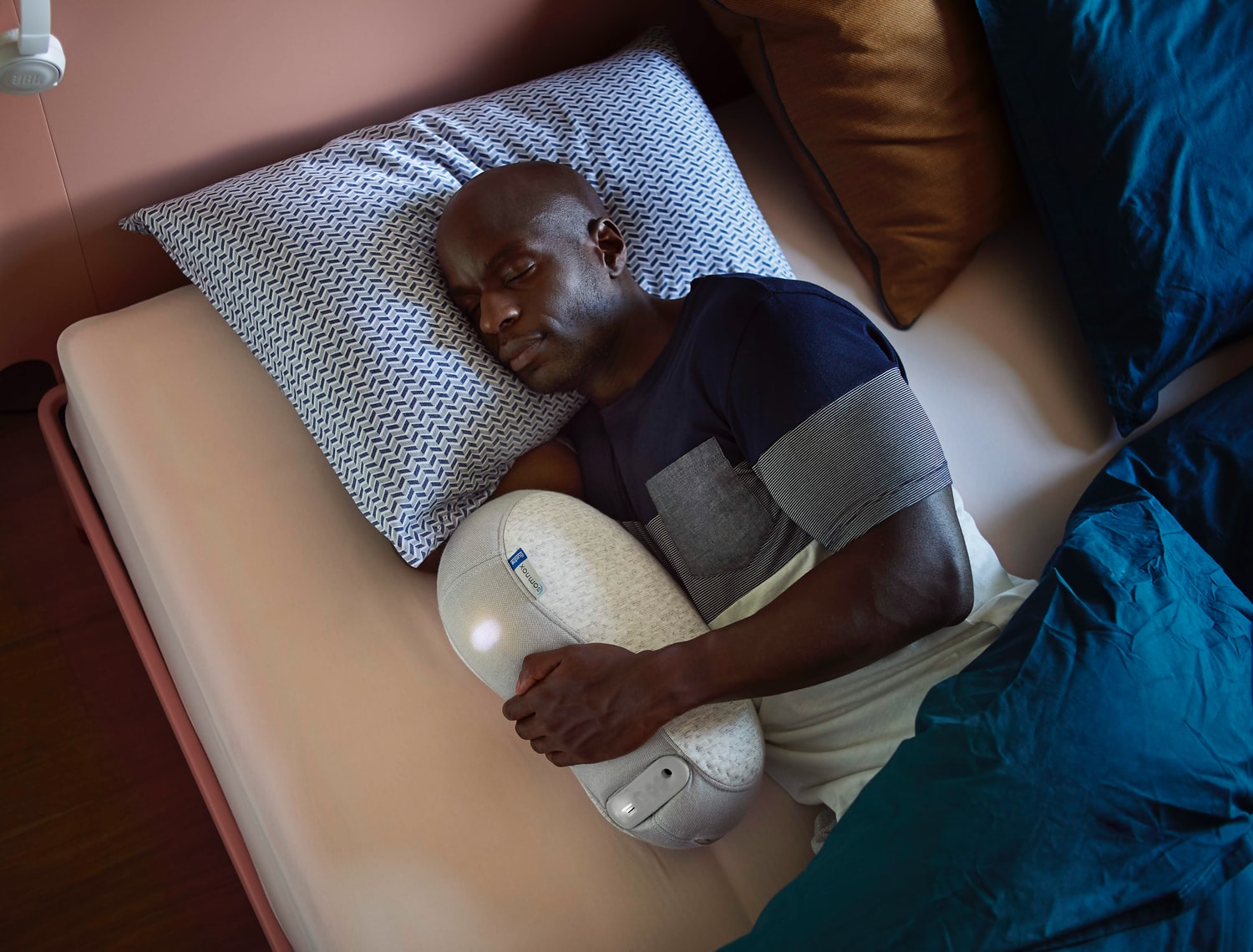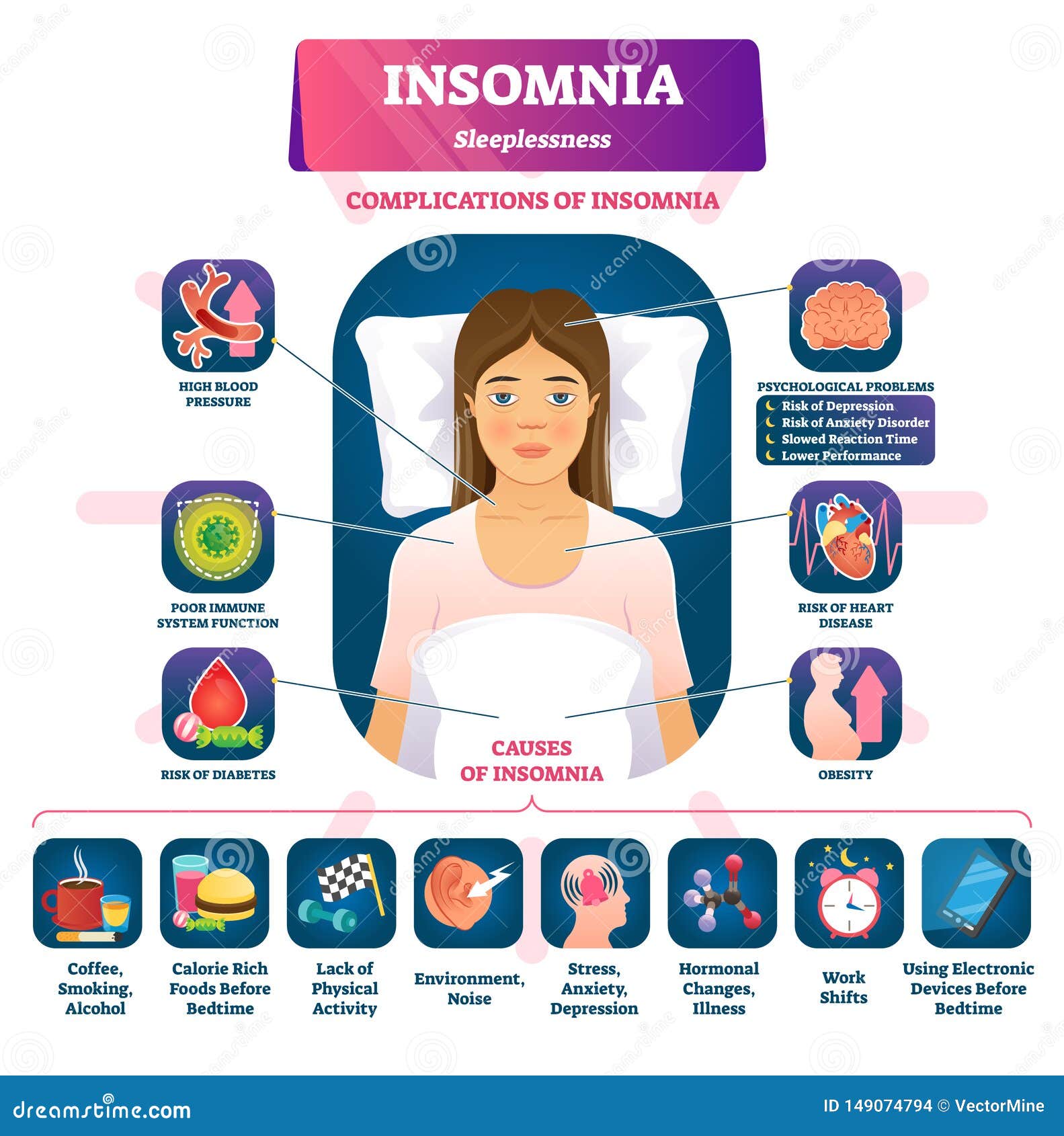


Ī systematic review and meta-analysis on the prevalence of anxiety, depression, and stress among the general population during the COVID-19 revealed that 29.6% of participants had stress, 31.9% had anxiety and 33.7% had depression. The reason for this could be the disease, feeling powerless in protecting loved ones and fear of losing loved ones due to the virus, refusal to care for unaccompanied or separated minors due to fear of infection, because parents or caregivers have been taken into quarantine. This guideline explained society in general and people with disabilities, in particular, are in fear of being socially excluded/placed in quarantine. Īs of February 2020, IASC (Inter-agency standing committee) Reference Group on Mental Health and Psychosocial Support in Emergency Settings developed a guideline. The coronavirus disease(COVID-19) had also been known to cause great mental health problems in the infected patients, and health care workers, families, children, students, patients with mental illness, and even workers. Multiple studies showed that such public health emergencies are accompanied by psychopathologies. Severe cases of the disease can lead to heart, and respiratory failure, acute respiratory syndrome, or even death. Individuals with a history of underlying diseases are more likely to be infected with the virus and would experience worse outcomes. Symptoms of the Coronavirus infection include fever, chills, cough, sore throat, myalgia, nausea and vomiting, and diarrhea. The coronavirus is now becoming a serious public health emergency since December 2019. For example, Severe Acute Respiratory Syndrome (SARS) pandemic emerged in 2003, influenza virus outbreaks with the H1N1 subtype in 2009, Middle East Respiratory Syndrome (MERS) in 2012, and the Ebola virus in 2014. įunding: Wollo University has granted the financial resource but the funders had no role in study design, data collection and analysis, decision to publish, or preparation of the manuscript.Ĭompeting interests: The authors have declared that no competing interests exist.Īs can be seen from history, different viral diseases happened in the past 20 years in the world. This is an open access article distributed under the terms of the Creative Commons Attribution License, which permits unrestricted use, distribution, and reproduction in any medium, provided the original author and source are credited.ĭata Availability: The data used for this study are available at.

Received: SeptemAccepted: DecemPublished: December 30, 2020Ĭopyright: © 2020 Necho et al. PLoS ONE 15(12):Įditor: Kyoung-Sae Na, Gachon University Gil Medical Center, REPUBLIC OF KOREA Moreover, insomnia was significantly higher in single (AOR = 1.5, 95% CI: 1.12, 3.09, P-value = 0.027), divorced/widowed/separated(AOR = 6.2, 95% CI: 1.08, 11.29, P-value = 0.032), unemployed (AOR = 3.00, 95% CI: 1.22, 7.03, P-value = 0.001), blind (AOR = 2.8, 95% CI: 1.42, 6.35, P-value = 0.001), and deaf (AOR = 10.2, 95% CI: 4.52, 35.33, P-value = 0.002) participants.Ĭitation: Necho M, Birkie M, Gelaye H, Beyene A, Belete A, Tsehay M (2020) Depression, anxiety symptoms, Insomnia, and coping during the COVID-19 pandemic period among individuals living with disabilities in Ethiopia, 2020. Nearly 45.7% of participants were low resilient copers to their psychopathology. A significant proportion of individuals living with disability had psychopathologies 46.2% for depression symptoms, 48.1% for generalized anxiety disorder symptoms, and 71% for insomnia symptoms.


 0 kommentar(er)
0 kommentar(er)
